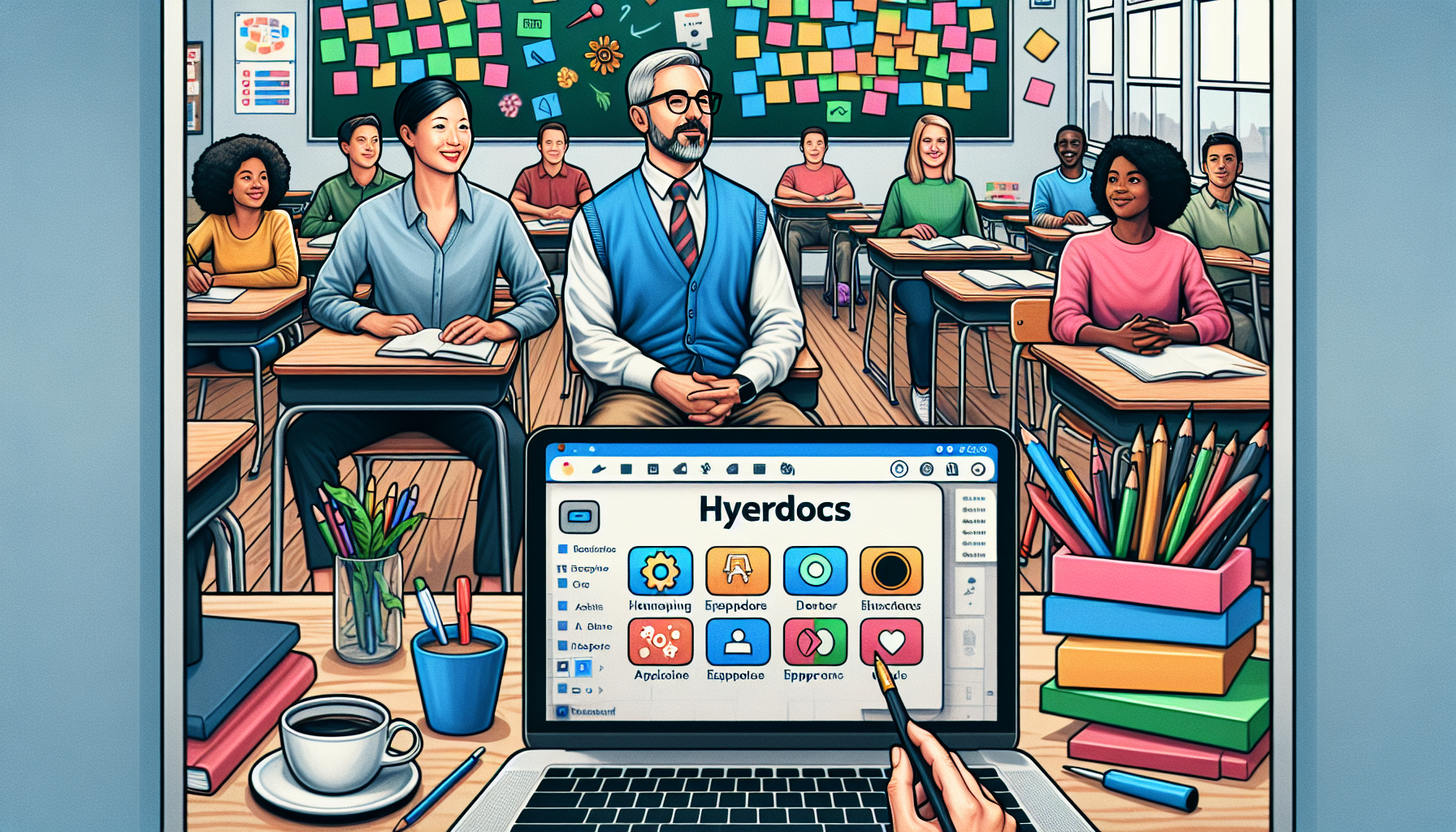In the current age of technology, educators across the globe are constantly seeking innovative methods to engage students and enhance the learning process. One such progressive method that has seen widespread adoption is the implementation of HyperDocs in classroom settings. HyperDocs are not merely digital worksheets; they are interactive digital lesson plans that can be customized and differentiated to meet the needs of every learner. In this comprehensive discussion, we will delve into the myriad ways that HyperDocs can revolutionize educational practices and the unique benefits these dynamic tools offer to both teachers and students.
The Framework of HyperDocs
Before exploring their transformative potential, let’s define what a HyperDoc is. At its core, a HyperDoc is a versatile digital document – often created with Google Docs – that contains a well-structured plan integrated with links to a variety of other resources such as videos, articles, interactive graphics, and websites. HyperDocs also incorporate various learning tasks that guide students through the exploration, application, and reflection phases of the learning cycle.
Engaging Learners with Interactive Content
One of the standout features of HyperDocs is the interactive content. In a traditional classroom setting, students may passively receive information. HyperDocs transform this dynamic by actively involving students. By embedding multimedia resources, HyperDocs cater to a variety of learning styles and preferences, thereby increasing student engagement and motivation.
Examples of Interactive Elements
- Embedded instructional videos
- Interactive quizzes and assessments
- Animated demonstrations
- Discussion forums and collaborative spaces
- Virtual field trips
Personalizing Learning through Differentiation
Differentiation is central to effective teaching, and HyperDocs inherently support this. With HyperDocs, teachers can provide students with options to choose their path, pace, and process of learning. This creates an individualized learning experience, catering to the unique needs of every student.
Strategies for Differentiation
- Offering a variety of resources to cater to different learning modalities.
- Incorporating choice boards to allow students to select their learning activities.
- Using leveled tasks for students to take on challenges that are appropriate for their skill level.
Fostering Collaboration through HyperDocs
HyperDocs lend themselves to collaborative learning. They can be shared and accessed by numerous students simultaneously, enabling cooperative tasks, peer feedback, and shared learning experiences. This online collaboration mimics real-world digital interactions, thus preparing students for future academic and professional environments.
Collaboration Tools Integrated in HyperDocs
- Google Docs’ commenting and suggestion features
- Hyperlinks to shared discussion boards or documents
- Integration with platforms like Padlet for sharing ideas
Increase in Efficiency and Organization
HyperDocs streamline both the planning and the delivery of lessons. With all resources and activities consolidated into one document, HyperDocs eliminate the need for excessive paper copies and provide a structured digital space for educational materials. Additionally, the ease of updating and distributing HyperDocs can save educators significant time.
Organizational Benefits of HyperDocs
- Easy access to all necessary links and resources in one location
- Simplified lesson planning with a clear, editable structure
- Enhanced ability to share resources with colleagues and students
Expanding the Reach of Educational Resources
HyperDocs make it feasible to seamlessly integrate a plethora of external resources into the curriculum. By including hyperlinks to global information sources, students gain access to a wider range of knowledge that far extends beyond traditional textbooks and classroom resources.
Promoting Reflective Learning with Immediate Feedback
The use of HyperDocs in the classroom can contribute substantially to a reflective learning environment. Digital tools can provide instant feedback to students, thereby helping them stay on track with their learning objectives. With this immediate response to quizzes and exercises, learners can quickly identify areas of strength and opportunities for improvement.
Enabling Continuous Learning Beyond the Classroom
An advantage of incorporating HyperDocs into teaching practices is the promotion of continuous learning. Students can access HyperDocs at any time, from any location, which supports homework and revision activities. This flexibility helps accommodate diverse schedules and responsibilities, encouraging lifelong learning habits.
In conclusion, HyperDocs serve as an adaptive, engaging, and efficient tool for modern educators. They provide a structure that promotes student-centered learning and can be easily tailored to fit any subject area. The potential of HyperDocs to radically enhance the educational experience is vast and continually expanding. As we move deeper into the digital age, these tools will undoubtedly remain at the forefront of innovative educational practices, transforming the teaching landscape and providing students with a rich, immersive learning experience.
